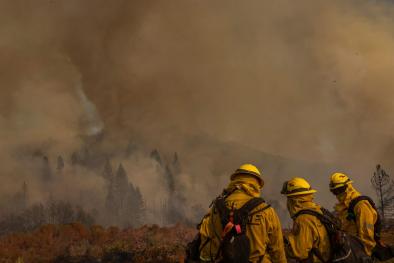Science Source
Unraveling anthropogenic influence on the changing risk of heat waves in China
- States that observations show the areas affected by heat waves have increased over China, with the most extreme heat wave occurring during the past five decades
- Shows that both trends can be attributed to anthropogenic influences
- Reports that under the moderate Representative Concentration Pathways 4.5 scenario, anthropogenic influences will increase the risk of occurrence of the observed maximum Heat Wave Magnitude Index in the late 21st century and will cause a more than tenfold increase in the likelihood of the strongest events on record recurring across more than half China
- Finds that more than 50% of land area in China is projected to be affected by intense heat waves
- Results show that over eastern China, the extremes in heat distribution are more sensitive to precipitation deficits, indicating stronger heat wave amplification trends to occur under drier conditions
- Concludes the likelihood of concurrent droughts and heat waves is expected to increase in large parts of China in the late 21st century
Related Content
Headline

Feb 7, 2024 | Climate Nexus Hot News
Heat And Smoke Are Worse Together Than Apart
Science Source
| Science Advances
Unprecedented climate events: Historical changes, aspirational targets, and national commitments
Noah S. Diffenbaugh, Deepti Singh, and Justin S. Mankin
Science Source
| American Meteorological Society
Sixfold Increase in Historical Northern Hemisphere Concurrent Large Heatwaves Driven by Warming and Changing Atmospheric Circulations
Cassandra D. W. Rogers , Kai Kornhuber , Sarah E. Perkins-Kirkpatrick et al
Science Source
| American Meteorological Society
Diverse Characteristics of U.S. Summer Heat Waves
Bradfield Lyon and Anthony G. Barnston


